Notice
Restriction de propriétés
- document 1 document 2 document 3
- niveau 1 niveau 2 niveau 3
Descriptif
Dans cette séquence, nous allons voir les restrictions de propriétés. Un restriction de propriété permet de définir une classe par une contrainte qui porte sur les instances de la classe. Et cette contrainte s'exprime par une restriction sur les types des valeurs possibles d'une propriété.
Intervention / Responsable scientifique
Thème
Documentation
Dans la même collection
-
Relations de classes
GandonFabienFaronCatherineCorbyOlivierDans cette vidéo, nous allons commencer à aborder la formalisation en OWL (Web Ontology Language). Owl est un langage de définition d'ontologie pour le Web qui permet de formaliser la sémantique des
-
Démos à propos des ontologies OWL
GandonFabienFaronCatherineCorbyOlivierDans cette vidéo, nous allons faire une démonstration de l'éditeur Protégé qui permet d'éditer des ontologies OWL. On peut parcourir une ontologie que l'on a chargée mais on peut également créer une
-
Équivalences et alignements
GandonFabienFaronCatherineCorbyOlivierDans cette séquence, nous allons voir les équivalences et les alignements. Il est possible en OWL de définir le fait que deux classes sont équivalentes c'est à dire que ces deux classes rassemblent
-
Profiles OWL
GandonFabienFaronCatherineCorbyOlivierDans cette séquence, nous allons voir les différents profiles du langage OWL. Les différents profiles permettent de qualifier différents niveaux d'expressivité du langage OWL.
-
Caractérisation des propriétés
GandonFabienFaronCatherineCorbyOlivierAprès avoir vu la caractérisation des classes, nous allons voir maintenant la caractérisation des propriétés, le langage OWL distinguant trois types de propriétés.
-
Gérer les schémas
GandonFabienFaronCatherineCorbyOlivierDans cette séquence, nous allons voir des énoncés permettant de gérer les schémas. OWL propose une série d'énoncés permettant de documenter des ontologies et les versions des ontologies. L'idée est de
Avec les mêmes intervenants et intervenantes
-
4. Linked Data Principles
GandonFabienFaronCatherineCorbyOlivierIn this fourth part, we're going to see the principles behind Linked Data. What we're going to do is to change slightly how we
-
4. Values, Types and Languages
GandonFabienFaronCatherineCorbyOlivierThis sequence is about the specificities of the RDF model related to typing literal values and resources in an RDF graph and indicating the
-
Demos about SPARQL
GandonFabienFaronCatherineCorbyOlivierFlint, a SPARQL Query Editor Editors are now available for SPARQL. We present the Flint structured editor which provides syntactic coloration. The editor proposes SPARQL keywords according to the
-
Conclusion of the MOOC Introduction to a Web of Linked Data
GandonFabienFaronCatherineCorbyOlivierThis video gives a summary of all the notions that have been presented in the 4 parts of the MOOC Introduction to a Web of Linked Data. We saw that we can use HTTP URIs to
-
5. Several Query Forms
GandonFabienFaronCatherineCorbyOlivierIn the fifth part, we will see several query forms. Until now, we have seen the select where SPARQL query form but there are
-
3. From pages to resources
GandonFabienFaronCatherineCorbyOlivierIn this third part, we will see another evolution of the Web, or more precisely, an evolution of the way we use the Web. We will
-
7. RDF Schema
GandonFabienFaronCatherineCorbyOlivierThis sequence will introduce you to the RDF Schema, the standard to represent vocabularies to be used in RDF descriptions. In the
-
3. JSON-LD: JSON syntax for RDF
GandonFabienFaronCatherineCorbyOlivierJSON-LD is a JSON syntax for RDF. JSON stands for JavaScript Object Notation. It is a hierarchical structure of name-value pairs. It is
-
2. A Triple Model and a Graph Model
GandonFabienFaronCatherineCorbyOlivierThis sequence will introduce the principles of the RDF model. We will see that it is a triple model and a graph model. RDF stands for
-
4. Pre and Post Processing
GandonFabienFaronCatherineCorbyOlivierIn the fourth part, we will see the pre and post processing of a SPARQL query. An RDF dataset is composed of a default graph
-
6. LDP : a REST API to linked data
GandonFabienFaronCatherineCorbyOlivierThis part is about the Linked Data Platform standard which provides the REST API to link data. This is a set of standardized HTTP and RDF
-
Demos about The RDF Data Model
GandonFabienFaronCatherineCorbyOlivierValidating and translating RDF data The W3C RDF validation service checks the validity of RDF statements in the RDF/XML syntax and, in the case where these statements are valid, it displays
Sur le même thème
-
Participation et citoyenneté en régime numérique : vers de nouvelles dynamiques de recherche ? Vidé…
BoutéÉdouardMabiClémentLupoviciRaphaëlMichelLouiseDilé-ToustouJulesAubertRomainMobilisées en politique depuis plusieurs décennies (Vedel, 2006), les technologies de l’information et de la communication numérique (TICN), et notamment internet et le web connaissent au tournant des
-
Participation et citoyenneté en régime numérique : vers de nouvelles dynamiques de recherche ? Vide…
BoutéÉdouardDespontin LefèvreIrèneMabiClémentLupoviciRaphaëlMichelLouiseMobilisées en politique depuis plusieurs décennies (Vedel, 2006), les technologies de l’information et de la communication numérique (TICN), et notamment internet et le web connaissent au tournant des
-
Prototype de pipeline PO²-réseaux bayésiens pour l’aide à la formulation d’emballages biocomposites
Webinaires du département Transform – Ontologie et base de données PO² – 1/4
-
L'art contemporain en temps de confinement
GirelSylviaLe 14 mars 2020 tous les lieux d’exposition sont sommés par décret de fermer leurs portes. L’art contemporain n’y échappe pas et comme la majorité des secteurs d’activités en France ce sera plusieurs
-
Controverses et médiatisation autour du halal
RigoniIsabelleSéance : Controverses et médiatisation " Vous avez dit halal ? " Normativités islamiques, mondialisation et sécularisation Colloque international, 7-8 novembre 2013, IISMM-EHESS, Salle Claude Lévi
-
L’interopérabilité sémantique au service de la réutilisation des données SHS : OntoME et le projet …
AlamerceryVincentBerettaFrancescoNous avons tous des vieux fichiers au fond d’un disque dur comportant des données plus ou moins structurées de l’époque héroïque où les chercheurs en sciences humaines utilisaient vaillamment des
-
Contourner la frontière par la toile. La fabrique d’un territoire communautaire par les nouvelles t…
MerzaEleonorePalestiniens et Israéliens deux décennies après Oslo : anatomie, vécus et mouvements d'une séparation Colloque du 17, 18 et 19 Février 2011, Maison méditerranéenne des sciences de l'homme, Aix-en
-
-
[COLLOQUE] Festival de l’intelligence artificielle Avignon 2021 table ronde 2
FESTIVAL de L’intelligence Artificielle le 18 et 19 Novembre 2021
-
[COLLOQUE] FrenchTech Grande Provence and LIAvignon : L’IA de demain
FESTIVAL de L’intelligence Artificielle le 18 et 19 Novembre2021
-
[COLLOQUE] Festival de l’intelligence artificielle Avignon 2021 table ronde 1
FESTIVAL de L’intelligence Artificielle le 18 et 19 Novembre 2021
-
[COLLOQUE] Festival de l’intelligence artificielle Avignon 2021 - Les assistants personnels vocaux,…
FESTIVAL de L’intelligence Artificielle le 18 et 19 Novembre 2021. Table ronde 3. Les assistants personnels vocaux, généralistes ou spécifiques ? Jusqu’où personnaliser les services ?











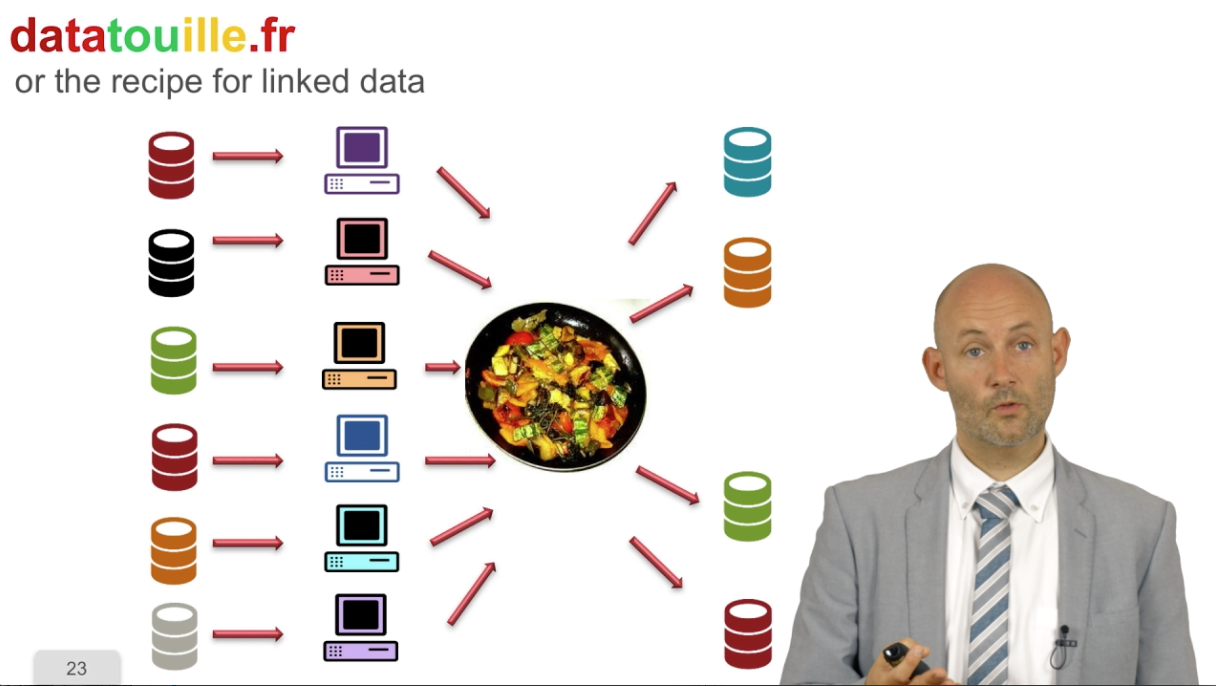
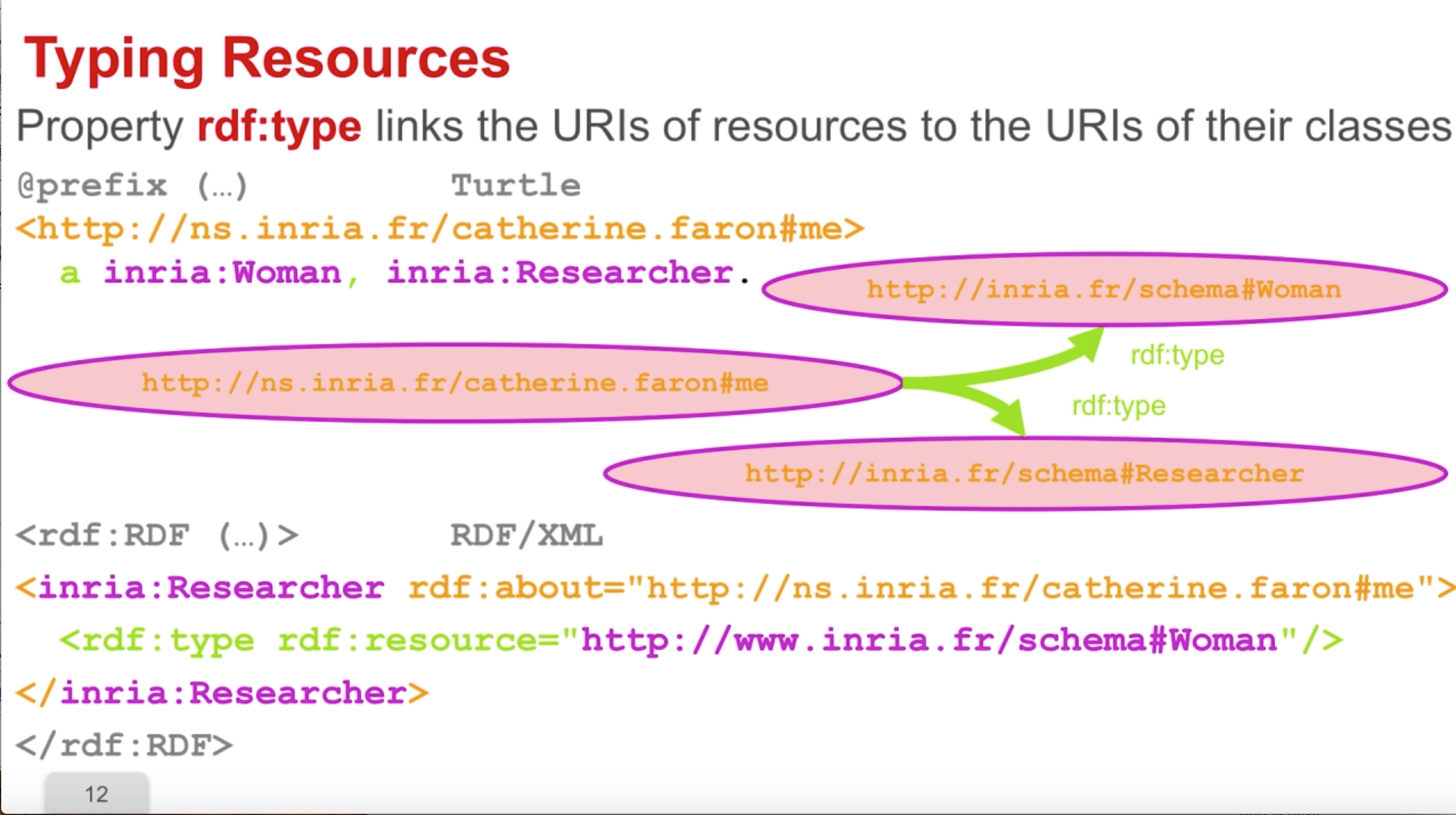


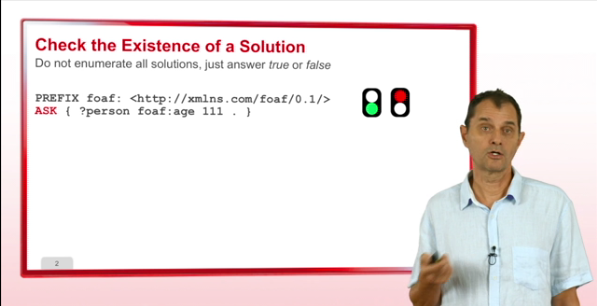





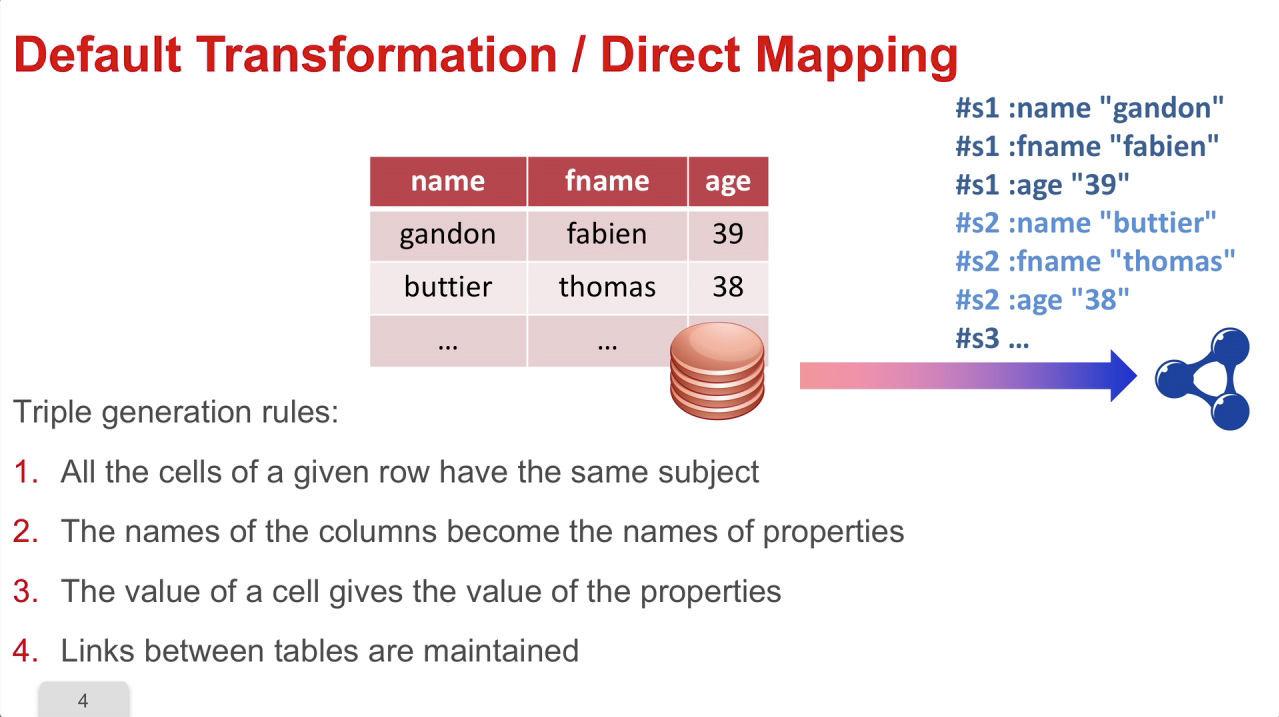

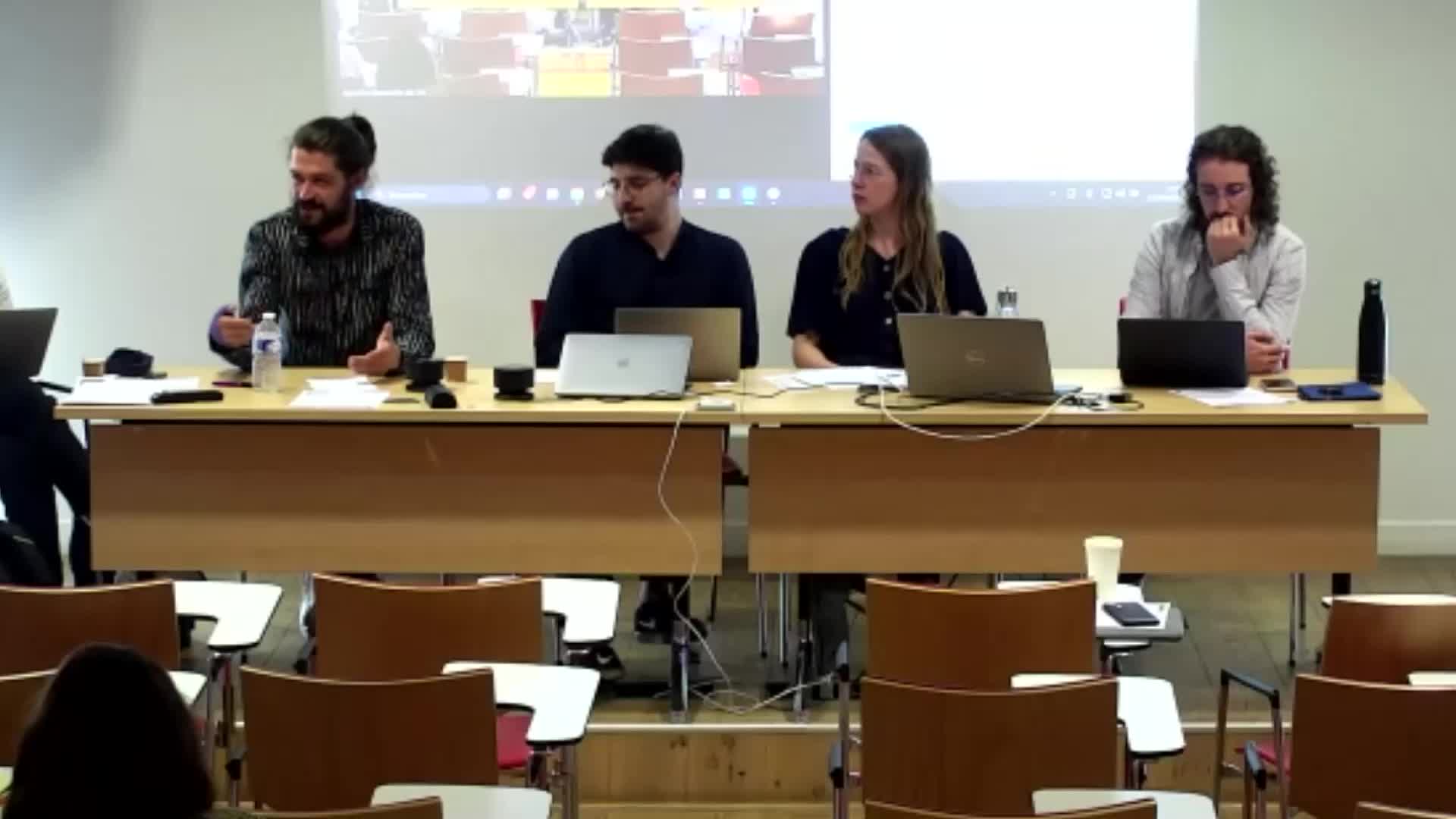
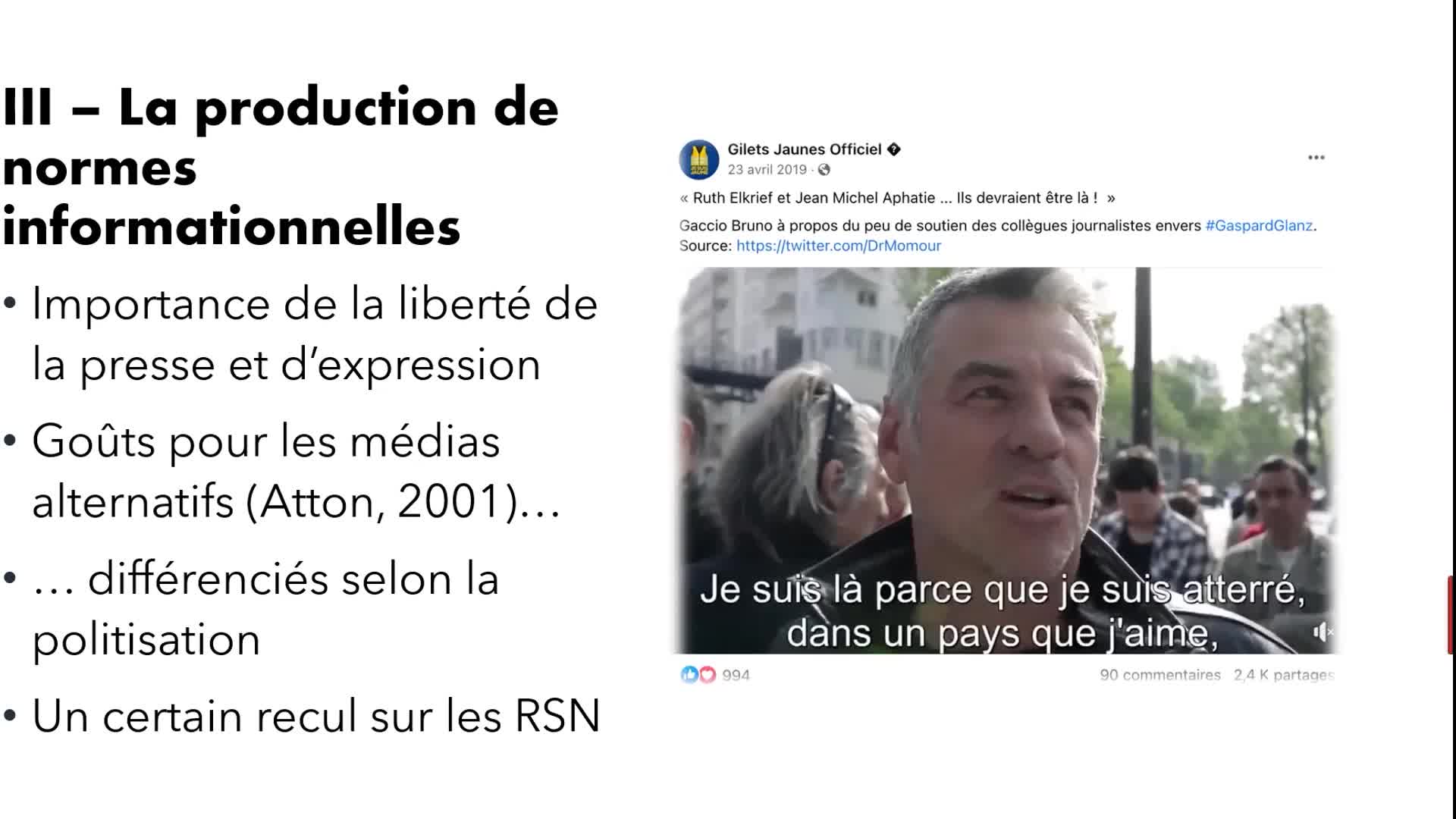
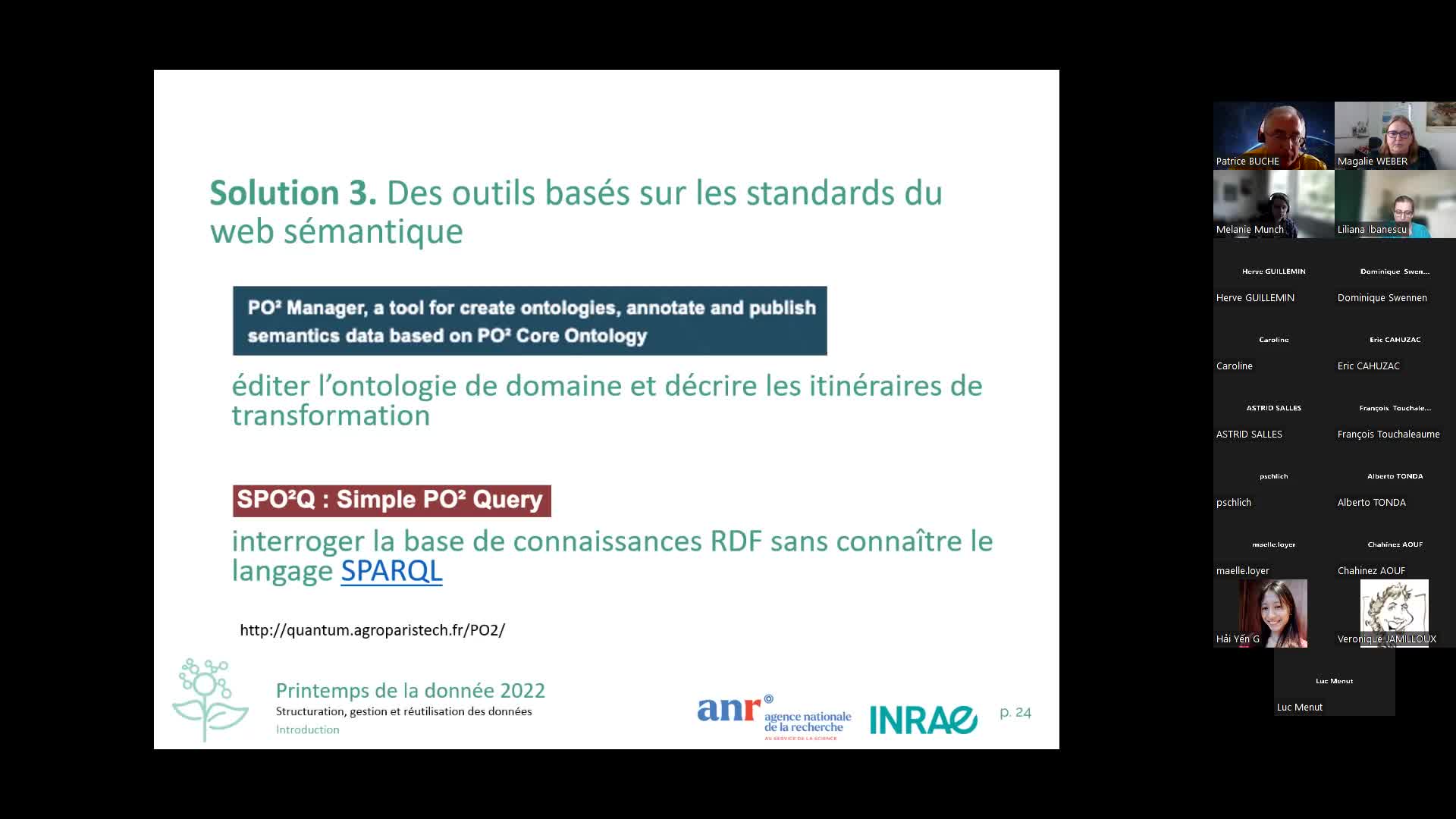


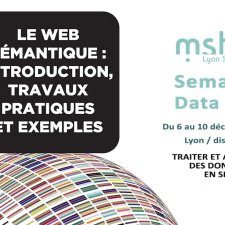


![[COLLOQUE] Festival de l’intelligence artificielle Avignon 2021 table ronde 2](https://vod.canal-u.tv/videos/media/images/universite_d_avignon_et_des_pays_de_vaucluse/.colloque.festival.de.l.intelligence.artificielle.avignon.2021.table.ronde.2_64807/vignette.jpg)
![[COLLOQUE] FrenchTech Grande Provence & LIAvignon : L’IA de demain](https://vod.canal-u.tv/videos/media/images/universite_d_avignon_et_des_pays_de_vaucluse/.colloque.frenchtech.grande.provence.liavignon.l.ia.de.demain_64813/vignette.jpg)
![[COLLOQUE] Festival de l’intelligence artificielle Avignon 2021 table ronde 1](https://vod.canal-u.tv/videos/media/images/universite_d_avignon_et_des_pays_de_vaucluse/.colloque.festival.de.l.intelligence.artificielle.avignon.2021_64135/vignette.jpg)
![[COLLOQUE] Festival de l’intelligence artificielle Avignon 2021 table ronde 3](https://vod.canal-u.tv/videos/media/images/universite_d_avignon_et_des_pays_de_vaucluse/.colloque.festival.de.l.intelligence.artificielle.avignon.2021.table.ronde.3_64809/vignette.jpg)